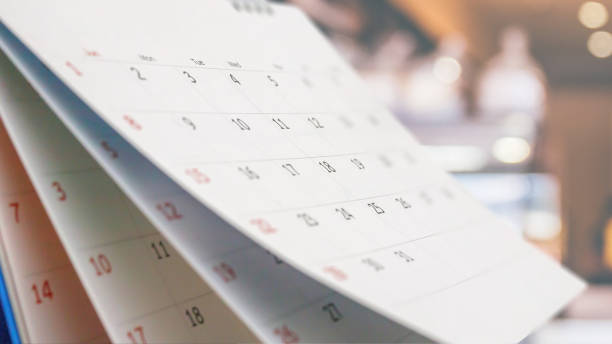I couldn’t find any article text in your message—just what looks like styling code. Could you please provide the article you’d like rewritten? Once I have the content, I’ll pick a fresh, engaging style for you.
Monthly Planner: The Ultimate Guide to Staying Organised and Achieving Your Goals
Why a Monthly Planner Isn’t Just a Calendar, It’s a Life‑Saver
Ever look at a pile of sticky notes, a blistered phone screen, and an overdue coffee‑shop invoice and wonder how you’re going to survive another day? That chaotic cocktail of work, school, family, and your own curiosity‑filled hobbies can feel like juggling flaming swords on a tightrope. The cure? A trusty monthly planner.
What the Heck Is a Monthly Planner?
Think of it as a roadmap for a whole month. Whether it’s a trusty paper notebook, a slick wall calendar, or a nifty app on your phone, it gives you a bird’s‑eye view of upcoming events, deadlines, and goals. The main point: see what’s on your plate before you start cooking.
How It Turns Chaos Into Calm
- Time Management: One glance and you know where you can fit a meeting, a grocery run, or a quick workout without double‑booking.
- Stress Buster: Written down, always remembered. No more sweaty palms over “Did I remember that meeting?”
- Productivity Boost: Break big tasks into bite‑size steps. Crossing off a check mark feels surprisingly motivating.
- Goal Clarity: From career climbs to personal habits, a planner keeps your targets visible and priorities tangible.
- Focus & Accountability: When you write it down you’re being honest with yourself; that makes procrastination a lot harder to pull off.
Getting Started: The “Auntie Fixed” Method
1. Populate the fixed stuff: Drop all the unchangeable events (office meetings, birthday parties, dentist visits, the big project deadline that is looming) first. These are the skeleton.
2. Set your monthly goals: Write down 2‑3 big ideas for the month. Say you want to run a 5k—then plan workouts, meal prep, shoes, and a route.
3. Prioritize: Mark the urgent vs. nice‑to‑have. A simple “high,” “medium,” “low” system works.
4. Create a daily to‑do: Every morning you jot a micro‑checklist. Start the day with a “check off” candy.
5. Weekly review: Take 10‑15 minutes each week to see how you’re hitting your goals. Adjust if needed.
6. Stay flexible: Life is a roller coaster; a planner is your seatbelt, not a straitjacket.
Physical or Digital: Pick Your Flavor
Paper lovers can appreciate the tactile joy of writing—especially if you have a trusty pen and a journal. Adds a touch of vintage charm.
Tech‑savvy folks will enjoy the ping‑ping reminders and the ability to sync across devices. A broken phone is no longer a showstopper—your schedule lives in the cloud.
Wrap‑Up: Get Your Planner On!
So if you’re ready to flip the script from “juggling” to “navigating” your month, grab a planner. The real magic is in using it consistently: jot, adjust, celebrate each tick, and watch the mental clutter melt away. Your future self will thank you with fewer coffee spills, less paper clutter, and more time for that salsa class you’ve been avoiding.




